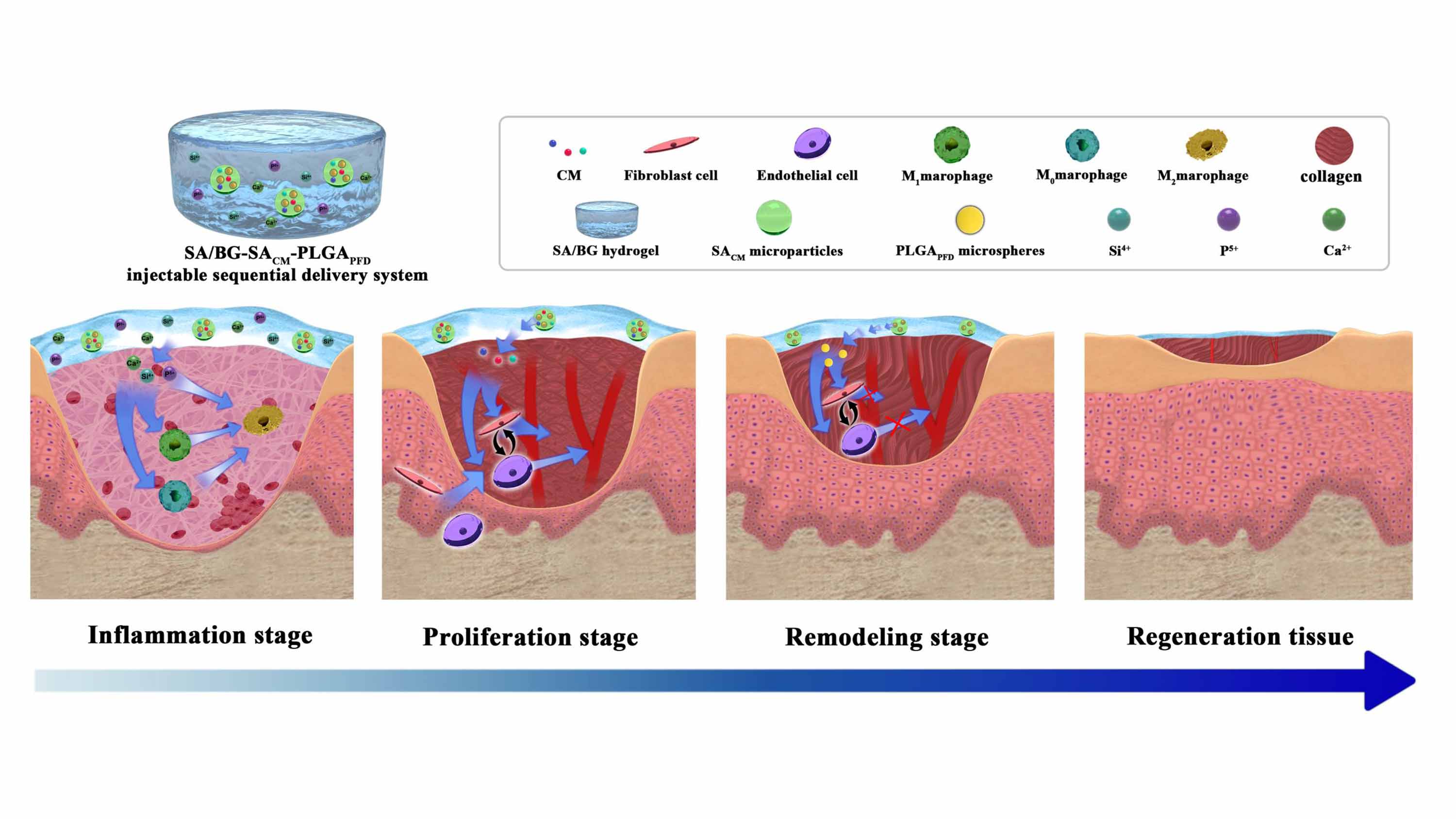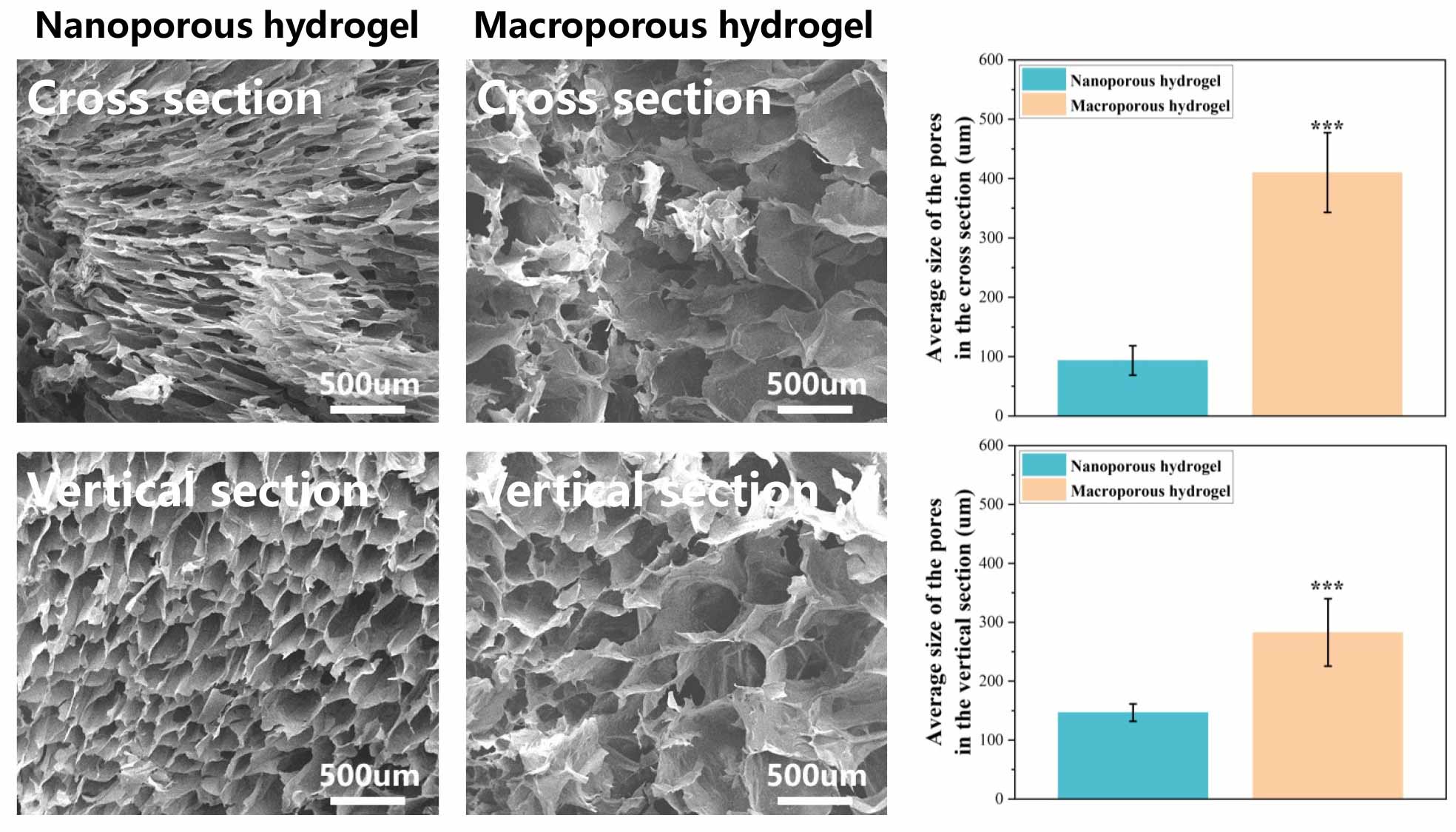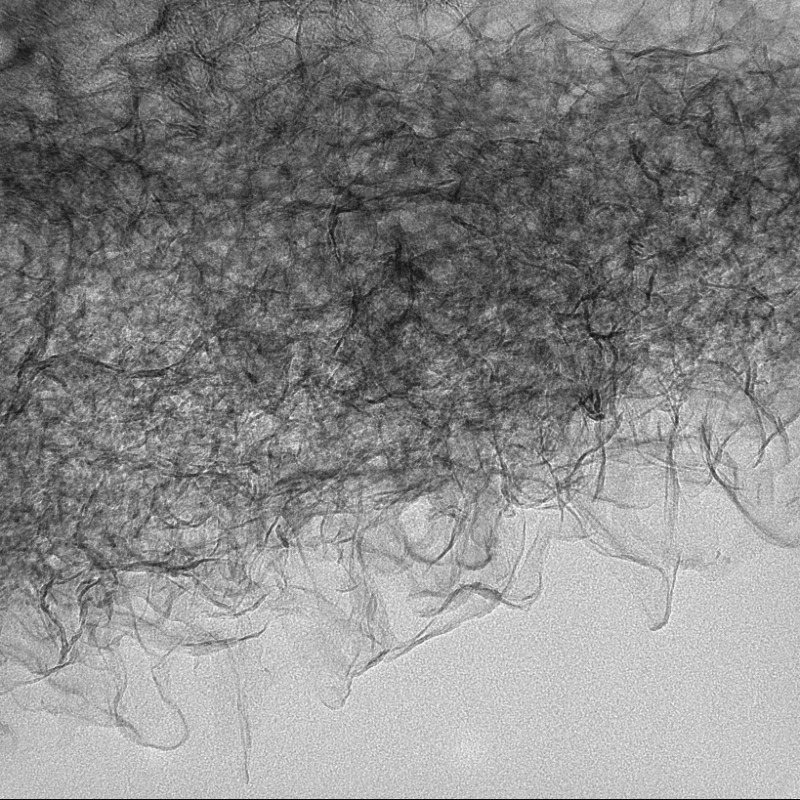Dr Haiyan Li - AFFILIATE
Tissue engineering provides a promising technology to address the critical gap between the growing number of patients on waiting lists for organ transplantation due to end-stage failure and the limited number of donated organs available for such procedures. One of the important factors in this technology – the tissue engineering scaffold – provides a means for the delivery of cells and/or growth factors to the site of damage and an appropriate template for new tissue formation throughout the construct. Among the different types of scaffold, injectable hydrogels have emerged as leading candidates for engineered tissue scaffolds due to their remarkable characteristics, including flexibility and versatility in fabrication, variety in composition, high moldability in shape, excellent biocompatibility, and similarity to the extracellular matrix.
The aim of our research is to fabricate injectable hydrogels with different features to meet various clinical applications, including injectable hydrogels with multilayer structures or macroporous structures, sequential delivery ability, bifunctional function, or a combination of the above.
 Figure 1 Injectible hydrogels with sequential delivery ability
Figure 1 Injectible hydrogels with sequential delivery ability
 Figure 2 Injectable hydrogel with macroporous structure
Figure 2 Injectable hydrogel with macroporous structure
This project is funded as part of Haiyan Li's RMIT Vice Chancellor's Senior Research Fellowship.

Nanostructures
Functional strontium phosphate-coated magnesium alloys for orthopaedic use